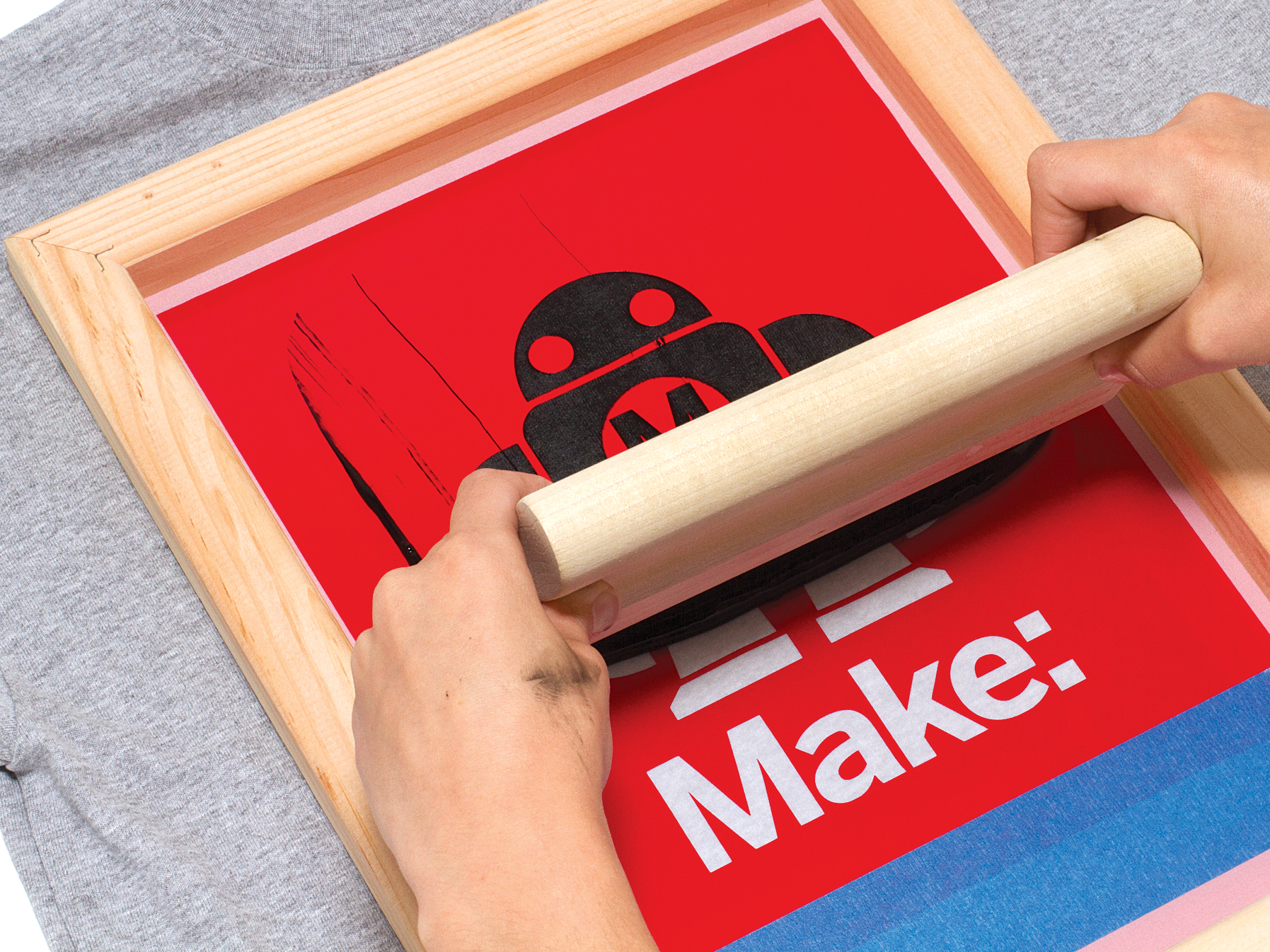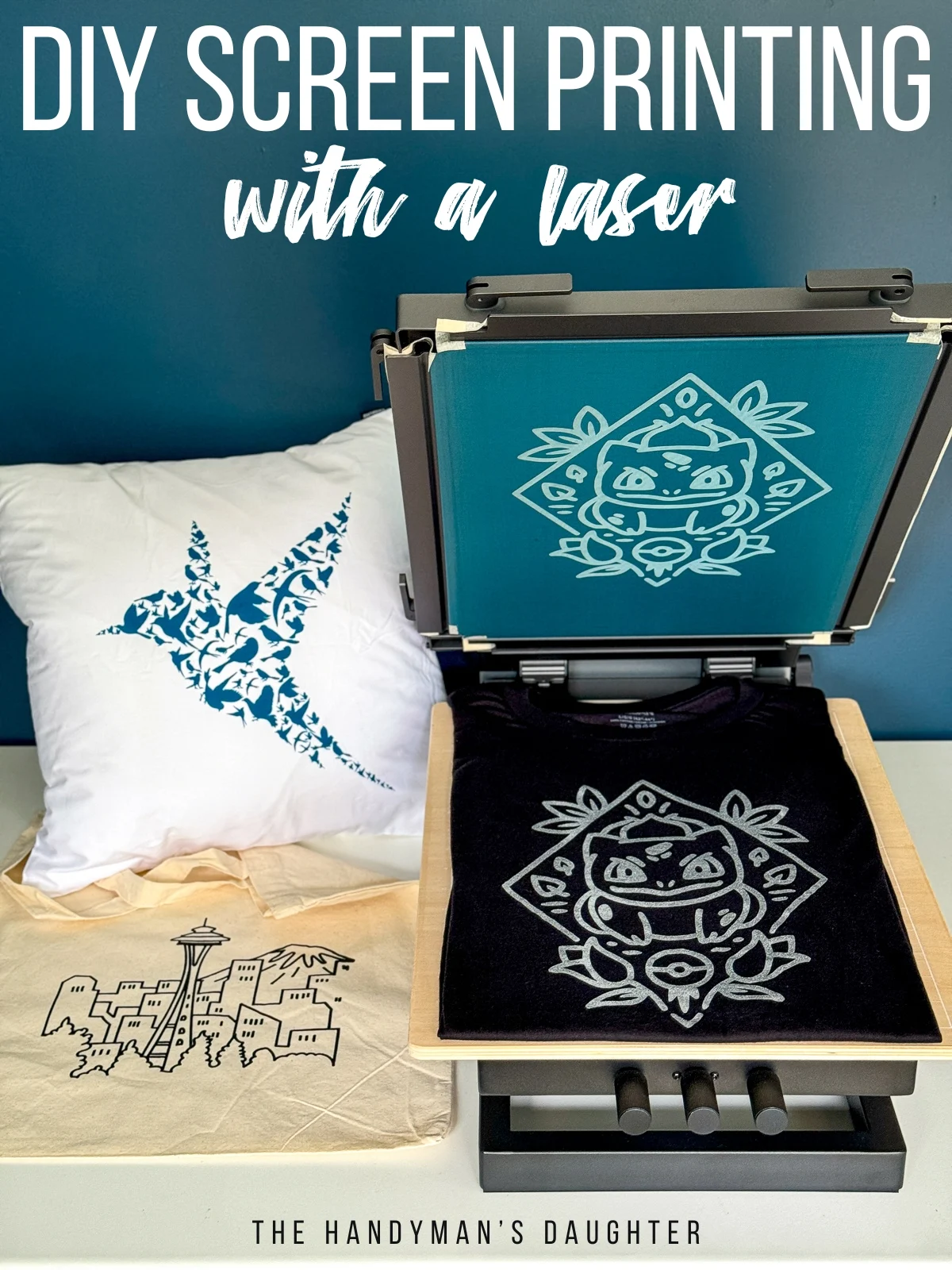ChatGPT said: How 10:9 Design Screen Printing can elevate your team spirit
Wiki Article
The Important Overview to Understanding Screen Printing and Its Versatile Makes use of
Screen printing has a rich history that dates back to ancient times, progressing right into a sophisticated technique made use of across various markets today. This overview checks out the intricacies of the screen printing procedure, outlining its applications in home, style, and advertising and marketing style - 10:9 Design Abilene. Recognizing these fundamentals can open up imaginative possibility for both commercial and artistic projects. The complying with sections will certainly disclose crucial pointers and methods to improve one's screen printing venturesThe History of Screen Printing
Screen printing has origins that map back centuries, its advancement shows the technological and imaginative innovations of different cultures. Coming from ancient China, the method was originally used for embellishing fabrics and later spread to Japan, where it became integral to Ukiyo-e woodblock printing. The technique shifted to Europe in the 18th century, where it acquired appeal amongst craftsmens and industrial printers. The invention of image solution in the 20th century transformed screen printing, permitting more elaborate designs and higher effectiveness. Musicians like Andy Warhol better thrust its popularity, using the medium to create legendary jobs that combined commercialism and fine art. By the late 20th century, screen printing had actually established itself as a functional method, utilized in vogue, advertising, and fine art. Today, it remains to evolve, integrating digital technology and broadening its applications throughout numerous industries.The Screen Printing Process Explained
Screen printing transforms creative visions right into tangible layouts through a collection of precise steps. Initially, a picture is developed and after that moved onto a screen, typically made from great mesh fabric extended over a framework. A light-sensitive solution is put on the screen, which is subjected to light, setting in locations not covered by the picture. After washing out the unhardened emulsion, a stencil is created.Next, the screen is put over the substratum, whether it be fabric, paper, or another material. Ink is then pressed through the open locations of the stencil utilizing a squeegee, depositing the design onto the substrate listed below. This procedure can be duplicated for multiple shades, needing different displays for every hue. The printed product is treated using warmth to guarantee the ink adheres properly, resulting in a sturdy, dynamic design prepared for use.
Types of Screen Printing Techniques

Furthermore, specialty strategies, such as discharge screen printing, get rid of color from the material to produce softer prints, while foil screen printing uses metal aluminum foil to accomplish a glossy finish (10:9 Design LLC Company). Each method uses unique characteristics, accommodating various imaginative requirements and production ranges, eventually broadening the possibilities within the screen printing domain name
Applications of Screen Printing in Various Industries

Additionally, the signage and marketing sectors utilize screen printing for producing captivating displays and banners. This approach enables for strong shades and complex layouts that catch focus. In electronic devices, screen printing is utilized for applying conductive inks to circuit boards, crucial for part links. In addition, the home design industry welcomes screen printing to produce unique styles on textiles and wall art. Overall, screen printing acts as an essential tool across varied fields, improving items with individualized and visually appealing graphics.
Tips for Effective Screen Printing Projects
While undertaking a screen printing project, careful focus to information can significantly boost the last end result. First, picking high-quality materials is important; this consists of the screen, inks, and substrates. Utilizing appropriate mesh counts visit our website can affect ink deposition and information resolution. Preparation is equally essential; complete cleaning of screens and correct exposure times ensure crisp prints.Next, precise enrollment is vital for multi-color prints. Making use of positioning devices can aid achieve specific layering. In addition, testing prints on scrap materials before manufacturing helps determine potential concerns without squandering resources.

Regularly Asked Concerns
What Materials Are Finest for Screen Printing on Fabric?
Cotton and polyester blends are suitable for screen printing on textile because of their toughness and ink absorption. In addition, specialty fabrics like silk or canvas can create special appearances and surfaces, improving the overall style top quality.How Do I Clean and Maintain Screen Printing Equipment?
To preserve and clean screen printing equipment, one ought to routinely wash displays with ideal solvents, evaluate mops for wear, oil relocating parts, and shop all things in a completely dry, dust-free atmosphere to prolong their lifespan.What Are the Ecological Effects of Screen Printing?
Screen printing can have considerable environmental influences, including chemical you could try here waste from inks and solvents, water use during cleansing procedures, and power intake. Green materials and sustainable techniques are crucial for decreasing these adverse impacts.Can Screen Printing Be Done at Home Successfully?
Screen printing can be effectively done at home with the best products and techniques. Hobbyists can produce top quality prints, though success depends on their ability level, equipment, and understanding of the process entailed.
What Are the Prices Associated With Beginning a Display Printing Company?

Starting a screen printing organization entails costs for devices, materials, and workspace. First expenditures typically range from a few hundred to several thousand bucks, depending on the scale, top quality of machinery, and wanted production capability.
Screen printing has an abundant history that dates back to old times, progressing into an innovative method utilized throughout different markets today. One more method, rotary screen printing, uses cylindrical displays, helping with continuous printing on fabric rolls, consequently enhancing performance for large-scale productions. Additionally, specialty techniques, such as discharge screen printing, eliminate dye from the fabric to create softer prints, while aluminum foil screen printing applies metallic foil to accomplish a glossy surface. In the fashion sector, screen printing is widely utilized to produce vivid layouts on apparel, allowing brand names to showcase their one-of-a-kind designs. Cotton and polyester blends are suitable for screen printing on material due to their resilience and ink absorption.
Report this wiki page